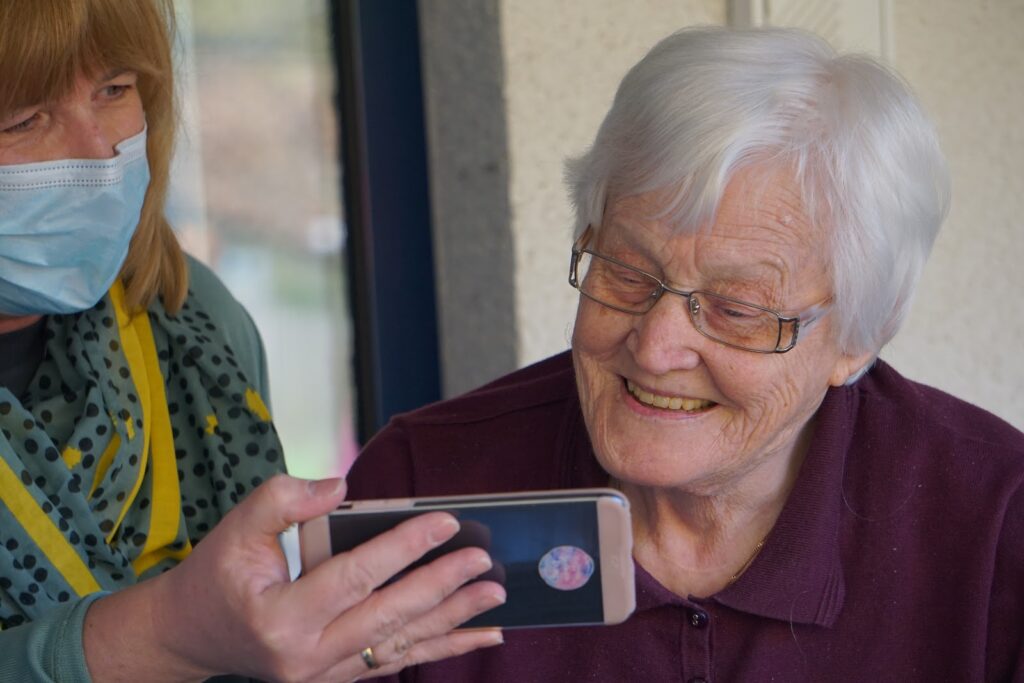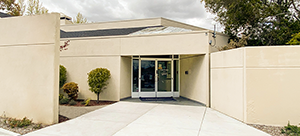
According to the Pew Research Center, 73 percent of people in the U.S. age 65 and older use the internet, a dramatic increase from only 14 percent of older adults in 2000. The older the person, the less likely they are to embrace technology, the internet, social media, and smartphones, but when seniors actually adopt technology, they use it a lot.
Older adults are the fastest-growing online demographic, even if 27 percent of this age group is still holding out.
Technology is accelerating at breakneck speed. Every second, 127 new devices connect to the internet. Ninety percent of all data has been created in the past two years.
As more and more older adults incorporate technology into their lives and technology advances faster than ever, what do you need to know about how technology can enhance your life?
Technology Use Among Seniors During COVID-19
It’s promising many older adults are making technology a part of their lives. Even more so when we consider all the ways it can help them maintain their wellbeing during the COVID-19 pandemic while we wait for wide vaccine distribution.
Through the use of tools like FaceTime, Zoom, and WhatsApp, plus popular social media platforms like Facebook, older adults can still connect with their loved ones while limiting potential exposure and remaining physically distant.
Why is it so important for seniors to use this technology to use these technologies in the current moment we are living it? Research indicates that social isolation can be as harmful to a person’s health as smoking 15 cigarettes per day. The joy, feeling of connection, and companionship that can be achieved through a video chat may not be the same as hugging our loved ones or spending time with them in person. However, it’s one way to protect our health and maintain social connections and find some emotional fulfillment.
Additionally, technology can be an important way for older adults to receive medical care while avoiding exposure to the COVID-19 virus. During the first months of the pandemic, the Centers for Medicare & Medicaid Services expanded available telehealth services, and older adults are taking advantage. According to one survey, more Medicare Advantage members said they used telehealth or virtual health services during the first four months of 2020 than they did in all of 2019.
These technologies can help seniors speak to their doctor about a health concern, meet with a therapist, or renew a prescription and can’t leave their homes.
Other Ways Technology Can Help Seniors During the Pandemic

What other ways can using technology and accessing the internet help you during the COVID-19 crisis? Here are a few things you can do:
- Order groceries online and have them delivered to your door
- Download applications to help you track your fitness, count calories, relieve stress and anxiety, and even remember to do critical things like feeding your dog or taking daily medications
- Connect with loved ones near and far
- Improve your attention, memory, and sequencing abilities with online games
- Stream films, television shows, music, operas, concerts, plays, and all kinds of cultural entertainment
Open Doors to New Kinds of Wellness
Through online exercise programs, older adults can gain online access to live and on-demand virtual exercise and fitness classes, helping seniors stay active from home without ever having to set foot in a gym, and at a fraction of the cost of a gym membership, with classes like:
- Yoga
- Balance
- Cardio
- Strength classes
- Cardio dance classes
- Circuit classes
With the consent and advice of your physician, exercise is a key component for overall wellness and offers benefits like:
- Improved strength to stay independent
- Better balance to prevent falls
- Increased energy
- Prevention or delay of diseases like heart disease, diabetes, and osteoporosis
- Improved mood and better ability to fight depression
- Increased cognitive function
Learning to Embrace Technology

Getting comfortable with new technology might seem foreign at first, but by taking the right steps to prepare yourself, you can make the journey of learning about technology a less daunting one.
Here are a few tips to consider when you are learning about new-to-you technology:
- Start with a positive, open attitude
- Reach out and ask family, friends, or experts for guidance
- Google any questions you might have to find the answers you need
- Make alterations to make your experience better, like increasing the text size
- Take your time to avoid getting frustrated
- Keep your phone on so people can reach you, but don’t be afraid to turn off your computer to take breaks when you need it
- Only charge your devices when they need it, otherwise, you could reduce the battery life
- Talk to your bank about what precautions to take when making purchases online to keep your financial information secure
- Read reviews before making purchases and only buy from reputable websites
- Invest in good antivirus software to keep your information secure
At Elder Care Alliance, we’ve been serving older adults and their families in California for decades, and in that time, we’ve seen a lot of technological advances. While technology may never remain constant, our dedication to caring for seniors will always remain unchanged.
Whether it’s assistance with new technologies or with your health, we are here for you when you need us. Learn more about Elder Care Alliance by contacting us today, or schedule a visit to one of our communities.




















